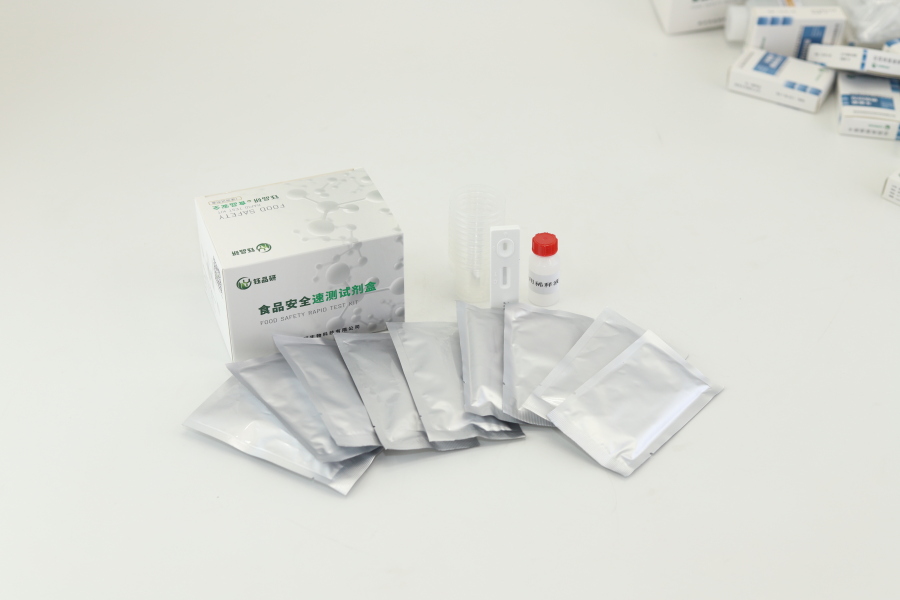Catering utensils surface cleanliness quick test card is a convenient detection tool designed for quickly judging the surface hygiene of tableware. It is widely used in the back kitchen of catering enterprises, home kitchens, school canteens and other scenes. It can help users grasp whether the cleanliness of tableware is up to standard in a short time and detect potential hygiene risks in a timely manner.
From a principle point of view, this kind of quick test card usually contains specific biological indicators or chemical reagents. When it comes into contact with bacteria and organic matter (such as food residues and oil stains) remaining on the surface of tableware, a color reaction will occur. The user only needs to follow the instructions (usually wipe the surface of the tableware with a clean cotton swab, and then apply the sample to the detection area), wait 1-5 minutes, observe the color change of the card surface, and compare it with the matching standard color card to quickly judge the cleanliness level.
Compared with the traditional microbial culture method (which takes 24-48 hours to produce results), the core advantage of the quick test card is "fast, convenient and low cost". It does not require professional laboratory equipment and complicated operations, and catering practitioners or home users can complete the test independently after simple training; the cost of a single sheet is low, which is suitable for daily high-frequency screening; the test results are intuitive, the color change is obvious, and the error rate is much lower than that of manual visual inspection.
In practical applications, if a large number of bacteria (such as Escherichia coli, Staphylococcus aureus) or detergent residues remain on the surface of tableware, it may lead to cross-contamination and cause food-borne disease. The use of the quick test card can achieve "immediate detection and immediate rectification". For example, if a batch of tableware is found to be substandard, it can be immediately re-cleaned or the cleaning process can be checked, which can effectively improve the efficiency of food hygiene management.
Whether it is the implementation of food safety self-inspection by catering enterprises or the daily tableware hygiene check of households, the quick test card for the surface cleanliness of tableware is a practical tool, which makes "visible cleanliness" possible and adds a "quick line of defense" for consumers' dietary safety.


